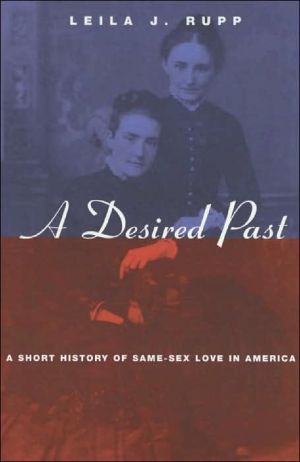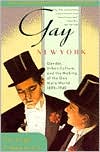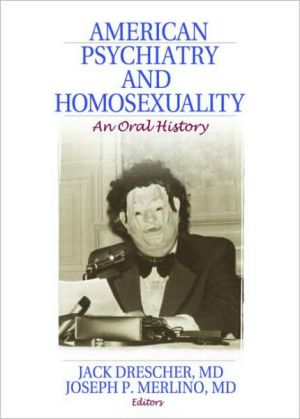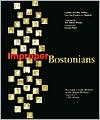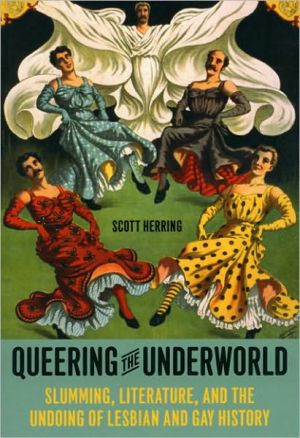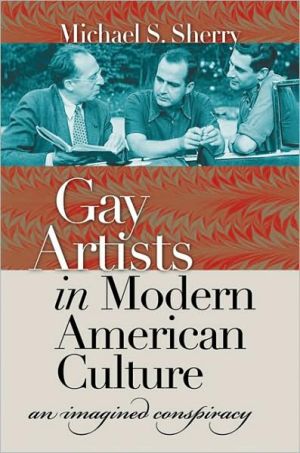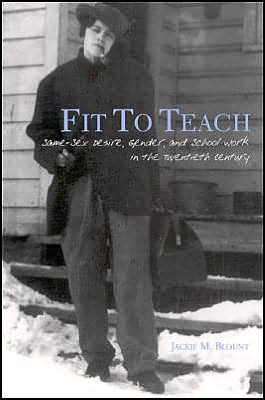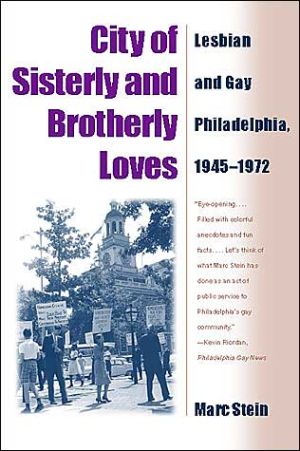A Desired Past: A Short History of Same-Sex Love in America
With this book, Leila J. Rupp accomplishes what few scholars have even attempted: she combines a vast array of scholarship on supposedly discrete episodes in American history into an entertaining and entirely readable story of same-sex desire across the country and the centuries.\ "Most extraordinary about Leila J. Rupp's indeed short, two-hundred-page history of 'same-sex love and sexuality' is not that it manages to account for such a variety of individuals, races, and classes or take in...
Search in google:
With this book, Leila J. Rupp accomplishes what few scholars have even attempted: she combines a vast array of scholarship on supposedly discrete episodes in American history into an entertaining and entirely readable story of same-sex desire across the country and the centuries. Publishers Weekly While most books on gay and lesbian history tend to be scholarly, at times informed by postmodern analysis that can make them challenging for the general reader, Rupp's survey of four centuries of "same-sex love in America" is, by contrast, extremely accessible. By way of introducing her material, this professor of history at Ohio State University writes very personally about her lesbian aunt, Leila; her own coming out; and her work in the lesbian and gay community, as well as a range of contemporary issues such as antigay political initiatives and gay male urban sexual cultures. The bulk of the book, however, is an engaging but cursory look at such highlights of same-sex desire in U.S. culture as Walt Whitman's life and poetry, Emily Dickinson's "romantic friendship" with her sister-in-law, gender variations among Native American berdaches, the importance of WW II in helping gay men and lesbians come out and the growth of national gay communities. While Rupp invokes the standard sources for gay and lesbian history, including the work of Allan B rube, Esther Newton, George Chauncey, Jonathan Katz and Lillian Faderman, she tends to summarize them rather than build new or larger arguments; there is little new research here. A highly regarded scholar of women's history, Rupp has produced a version of gay American history that's suitable even for young adult readers (the promotional material refers to it as "breezy"). As much as it might be needed, it's an odd offering from a university press. (Sept.) Copyright 1999 Cahners Business Information.
Preface1. Introduction: Thinking about Aunt Leila2. In the Beginning: Same-Sex Sexuality in Early America3. Worlds of Men, Worlds of Women: Sex and Romantic Friendship in an Industrializing and Expanding Nation4. Definitions and Deviance: Sexual Transformations at the Turn of the Century5. Coming Together: Contested Identities and the Emergence of Communities6. Becoming a People: Lesbian and Gay Worlds and the Organization of Resistance7. Conclusion: Something Old, Something NewNotesReferencesIndex
\ Publishers Weekly - Publisher's Weekly\ While most books on gay and lesbian history tend to be scholarly, at times informed by postmodern analysis that can make them challenging for the general reader, Rupp's survey of four centuries of "same-sex love in America" is, by contrast, extremely accessible. By way of introducing her material, this professor of history at Ohio State University writes very personally about her lesbian aunt, Leila; her own coming out; and her work in the lesbian and gay community, as well as a range of contemporary issues such as antigay political initiatives and gay male urban sexual cultures. The bulk of the book, however, is an engaging but cursory look at such highlights of same-sex desire in U.S. culture as Walt Whitman's life and poetry, Emily Dickinson's "romantic friendship" with her sister-in-law, gender variations among Native American berdaches, the importance of WW II in helping gay men and lesbians come out and the growth of national gay communities. While Rupp invokes the standard sources for gay and lesbian history, including the work of Allan B rube, Esther Newton, George Chauncey, Jonathan Katz and Lillian Faderman, she tends to summarize them rather than build new or larger arguments; there is little new research here. A highly regarded scholar of women's history, Rupp has produced a version of gay American history that's suitable even for young adult readers (the promotional material refers to it as "breezy"). As much as it might be needed, it's an odd offering from a university press. (Sept.) Copyright 1999 Cahners Business Information.\ \ \ \ \ Library JournalRupp (history and women's studies, Ohio State Univ.) presents a synthesis of the work of many historians who have investigated same-sex sexuality. She provides brief accounts of the lives of people throughout American history who in some way demonstrated same-sex desire, from early Native Americans to Walt Whitman and through the aftermath of the Stonewall riot. She offers explanation and analysis of how these people and their experiences reveal prevailing attitudes toward homosexuality in the times and places they lived. Rupp acknowledges her debt to other writers, especially Jonathan Katz (whose Gay American History: Lesbians and Gay Men in the U.S.A., Plume, 1992, includes many more profiles and primary sources, though less analysis). This work is very brief considering its broad scope, but it is engaging and readable. Recommended for all libraries.--Debra Moore, Loyola Marymount Univ. Lib., Los Angeles Copyright 1999 Cahners Business Information.\ \ \ Kirkus ReviewsThe Cliff Notes version of America's queer history, offering in their distilled essence the themes, struggles, and stories of 400 years of same-sex desire in the New World. Rupp (History and Women's Studies/Ohio State Univ.) frames queer history in reasonable and judicious chapters, including considerations of the sexual culture clash between European settlers and indigenous peoples, the same-sex "romantic friendships" of the 19th century, the social and personal ramifications of the medicalization of homosexuality at the turn of the 20th century, and the emergence of gay communities and organizations up to the present day. The many examples provide strong support and foundation for her argument that same-sex sexuality is a fluid and labile construction, changing and metamorphosing with the cultures it inhabits; however, combining her rigorous historical analysis with personal anecdotes and stories, some more compelling, some more closely tied to the history at hand than others, provides a clumsy narrative link to the history (why does Rupp feel her audience would be interested in her favorite color nail polish?). A Desired Past's conception as a short history teases the reader, as the book's brief synopses of eras of queer history inevitably leave one wanting more examples and analysis. Nonetheless, if one were to read this only for the flashes of insight it gives into how queer people have negotiated the contours and borders of their cultures to express and to embrace the taboo, the panorama of same-sex life which emerges stands as a sufficiently compelling reward for the effort. In a better world, if teaching the history of sexuality were a politically neutral act rather than aflashpoint issue in the culture wars, this would be an excellent text for high-school and lower-level college history classes.\ \
